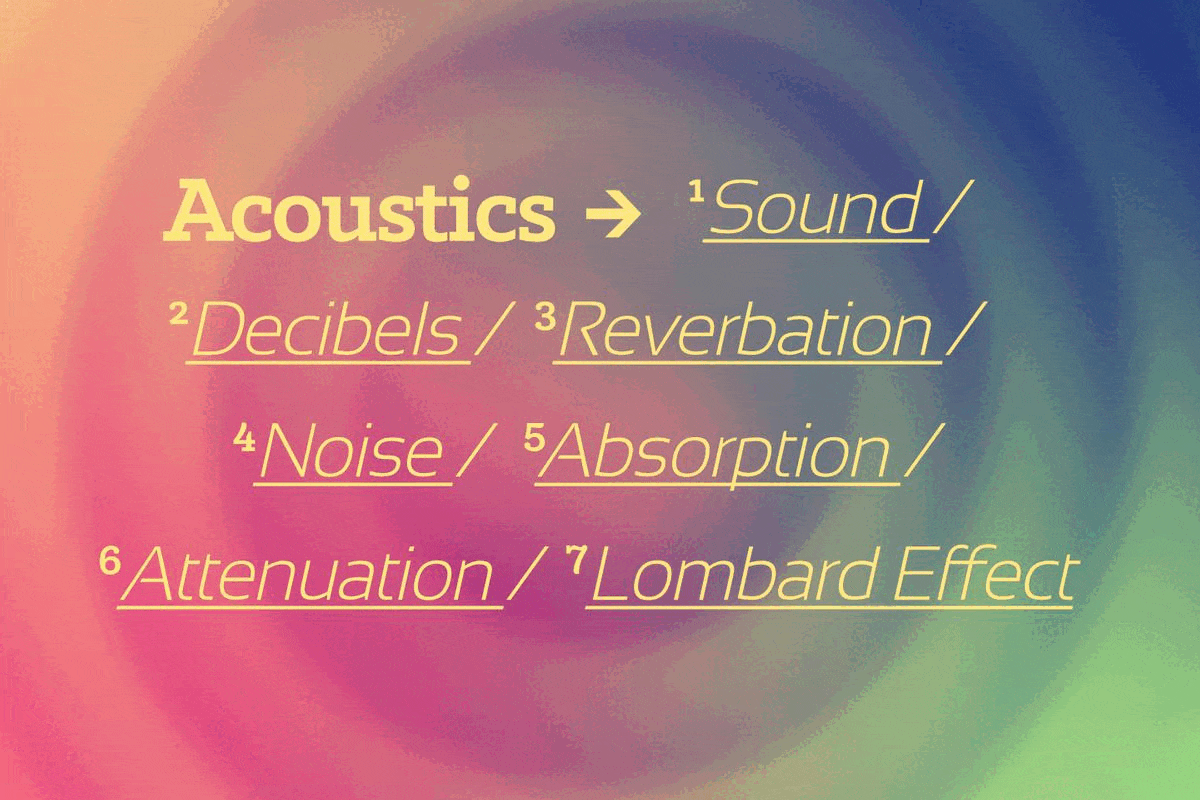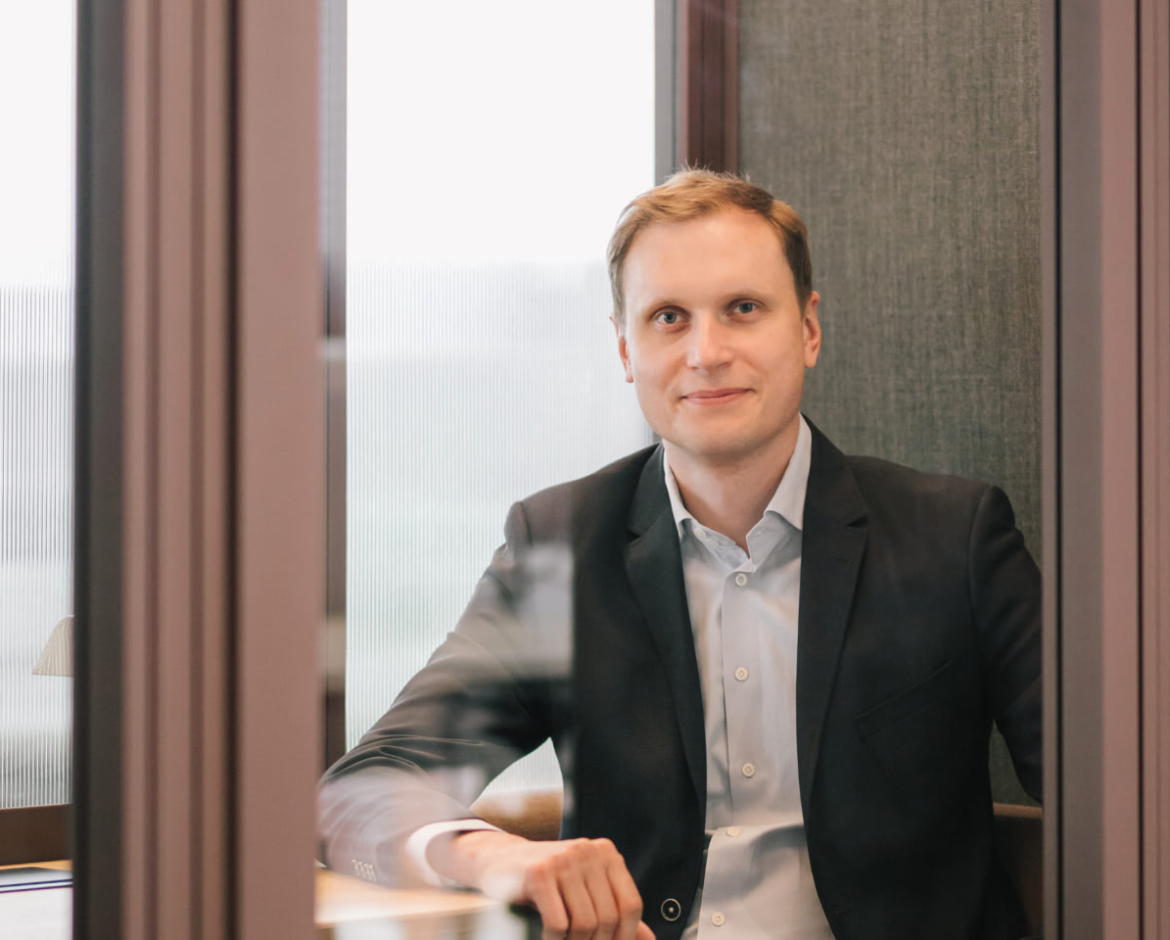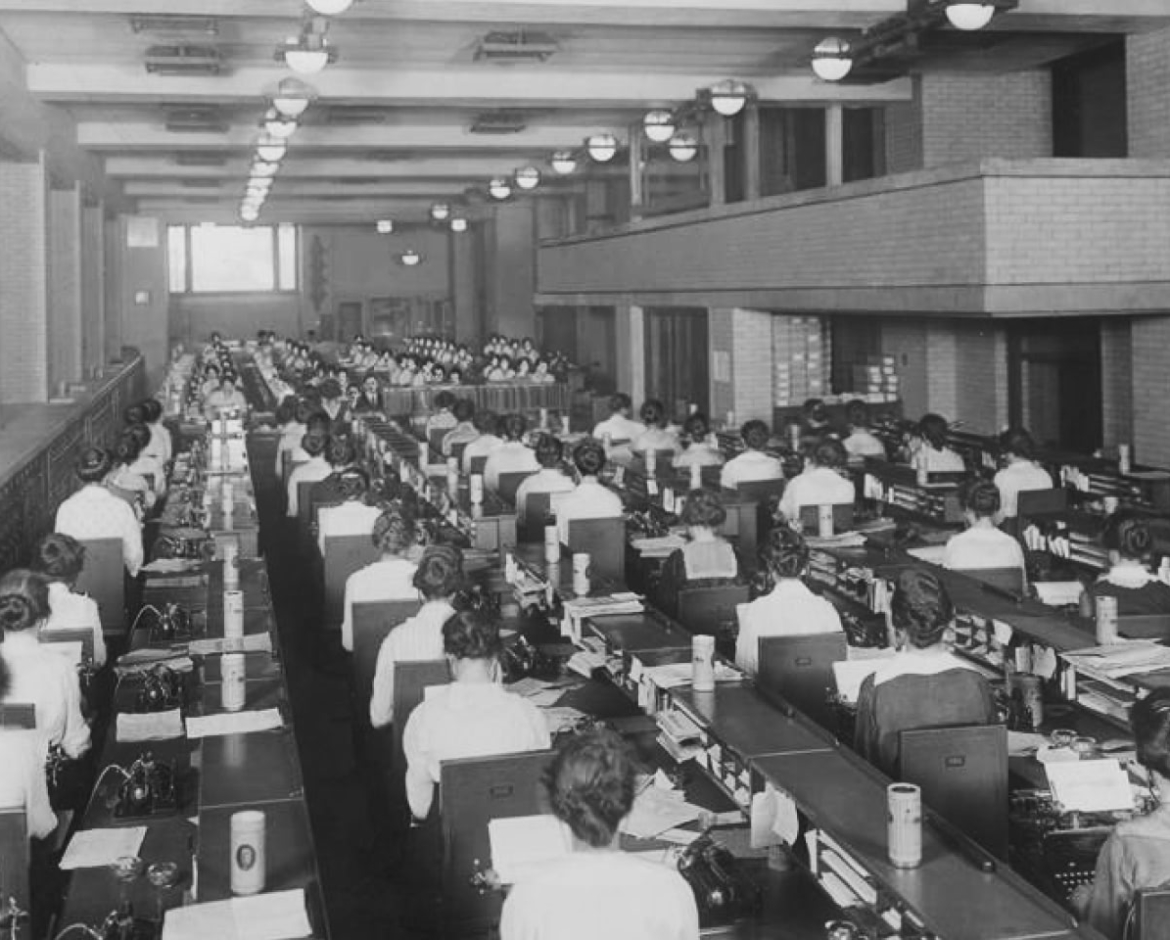Have you ever wondered what the difference is between sound frequency and sound level? Do you know what the Lombard effect is? If you don’t have a clue, don’t worry, because today we’re carrying on with our Jargon Buster series.
In the last article, we broke down lighting industry jargon. This time, we’re talking about six of the most common terms used in acoustics. As always, we promise to avoid the overly complex, scientific mumbo-jumbo. Let’s start!
Sound
What is sound itself? Sound is a variation in air pressure that ears can detect. A sound source (for example, your mouth while speaking) emits air pressure changes that travel as a sound wave at a speed of approximately 340 meters per second. When energy from the sound source reaches the eardrum, sensitive bones within it vibrate, and the auditory nerve signals to the brain that we’re hearing something.
Did you know?
Sound waves travel much faster in water than they do in air. Sound travels 4.3 times faster in water than it does in air of the same temperature. That’s why water animals, like dolphins, can communicate over such long distances (up to 10 kilometers).
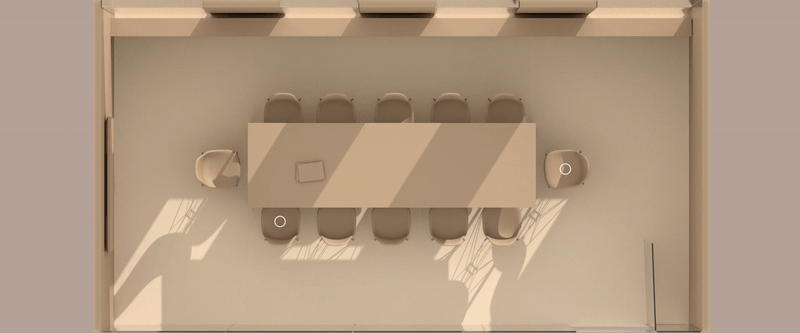
dB
dB, or decibel, is the unit of measurement for sound pressure. It refers to what we perceive as “loudness.” So, when acoustics professionals talk about how “loud” a room is, they are referring to its decibel level. What’s most important to know here is that sound pressure isn’t measured on a linear scale because an ear’s reaction to changes in sound energy is not linear.
For example, in very quiet surroundings, even a tiny change in sound pressure is noticeable and enables us to hear a change in loudness. In a very noisy space, on the other hand, we need to increase a sound’s energy level much more to detect the difference. That’s why a decibel scale is not linear; it better mirrors the function and characteristics of our ears. Here’s another example: to increase the sound level by 10dB—from 40dB (a small refrigerator) to 50db (an average conversation) — we need 10 times more sound energy. A 10dB increase corresponds to a doubling of loudness.
Did you know?
The term “decibel” is derived from the name of Alexander Graham Bell, the inventor of the telephone.
Reverberation Time
When a sound wave strikes a hard surface, like concrete or glass, it is reflected and gradually loses its energy. This results in an effect called reverberation. Reverberation time is the length of time that it takes for a sound to reach complete silence after its initiation.
In rooms with excessive reverberation, we often feel uncomfortable, especially during longer conversations. Give it a try. How does a 4-way conversation in a small bathroom sound after a while? You will quickly notice that the words you hear are unclear and seem too loud. That is because different sound waves mix together as they are reflected by the hard materials in the room. Sometimes, to be heard better, you instinctively raise your voice, but it only makes things worse.
To prevent that effect and to communicate more clearly, you can make sure that office spaces, like conference rooms and rooms dedicated to making video calls, have short reverberation times.
Did you know?
The optimal reverberation time depends on the intended use of a room. For a conference room, it is recommended to keep the reverberation time between 0.5 and 1.0 seconds. In open spaces, the reverberation time should be lower, between 0.4 and 0.6 seconds, because there are more potential sound sources. Keeping the reverberation time in a big conference room too low, however, can also lead to some acoustic problems. For example, those in the back of a room might struggle to hear a speaker at the front.

Noise
Noise is a general term to describe all unwanted, unnecessary or disruptive sounds, such as background chatter, alarms, telephone conversations, buzzing electronic devices and sounds from the street. Being in a noisy environment can reduce concentration, increase workplace risks and, in the long run, even create health problems.
Did you know?
The energy of an acoustic wave can be absorbed, reflected, or transmitted. The extent to which the energy is absorbed, reflected, or transmitted depends on the barrier’s material composition. Hard surfaces (like concrete or glass) reflect acoustic energy, whereas porous materials will absorb most of it. To reduce the noise level, you have to absorb as much sound energy as possible by using specially designed porous materials.
Sound Absorption
Sound absorption is the ability of a given material to partially block the energy of a sound wave and turn it into unnoticeable thermal energy. Sound absorption is used mostly in products dedicated to limiting the reverberation time inside a room. By placing sound absorbing materials on walls, ceilings or in corners you can make your room quieter and cozier.
Absorption is measured according to the ISO 354 norm and expressed as the sound absorption coefficient αw, with a value between 0 (total reflection) and 1 (total absorption), and corresponding classes A–E. Class A represents the highest quality and E, the lowest:
Did you know?
Five of our products have Class A sound absorption properties, which means these products offer top-quality sound absorption that effectively reduces reverberations that could cause distraction:
→ Tower
→ Blocks
→ Puzzle
→ Canvas
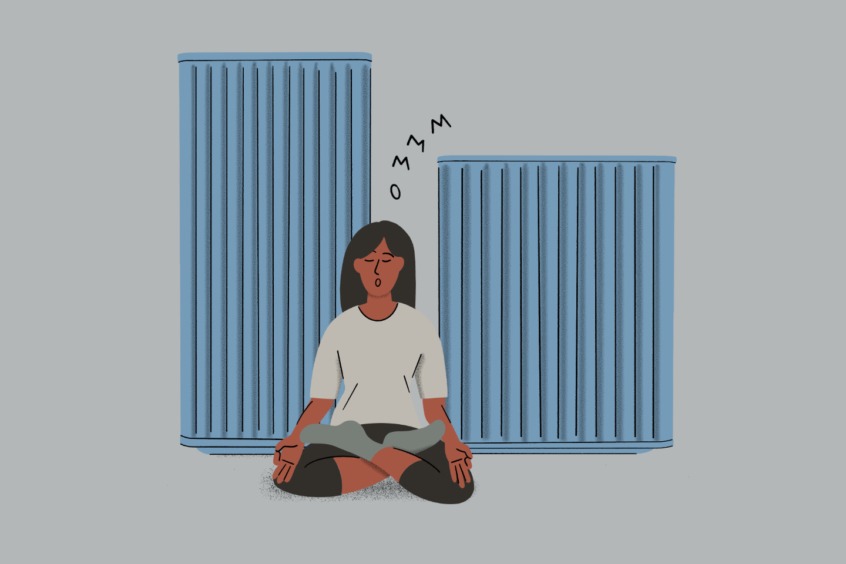
Sound Attenuation
To put it simply, sound attenuation describes a reduction in sound volume. A product that supports sound attenuation, therefore, helps reduce the energy of a sound wave as it travels through a particular space (for example, the voice of a chatty colleague from another department in your open-plan office). The rule is simple: the more you reduce the sound in different parts of the space, the more (acoustically) comfortable the space is. This comfort supports productivity because it can reduce noise and distraction. Acoustic products like walls and partitions provide high-quality sound attenuation. Instead of absorbing sound, they capture it, acting as acoustic barriers between different areas of the room.
Did you know?
We offer a wide range of products that support sound attenuation:
→ Cone
→ Booth
→ Duo
→ Wall
Lombard Effect
The Lombard effect describes our tendency to increase the volume of our voice in a loud environment. We do so because we think that we will become more audible to others. What’s interesting is that the change occurs in both loudness and other acoustic features like pitch rate and syllable duration.
Did you know?
Research on birds and monkeys has demonstrated that the effect also occurs in the animal kingdom.
Now that you know the acoustics essentials find out how to improve office acoustics with these Mute products. Or check out our article, “Well-Being Boosters: 4 Reasons to Improve the Acoustics in Your Office”, to see how acoustic solutions can influence your team’s well-being and productivity.

